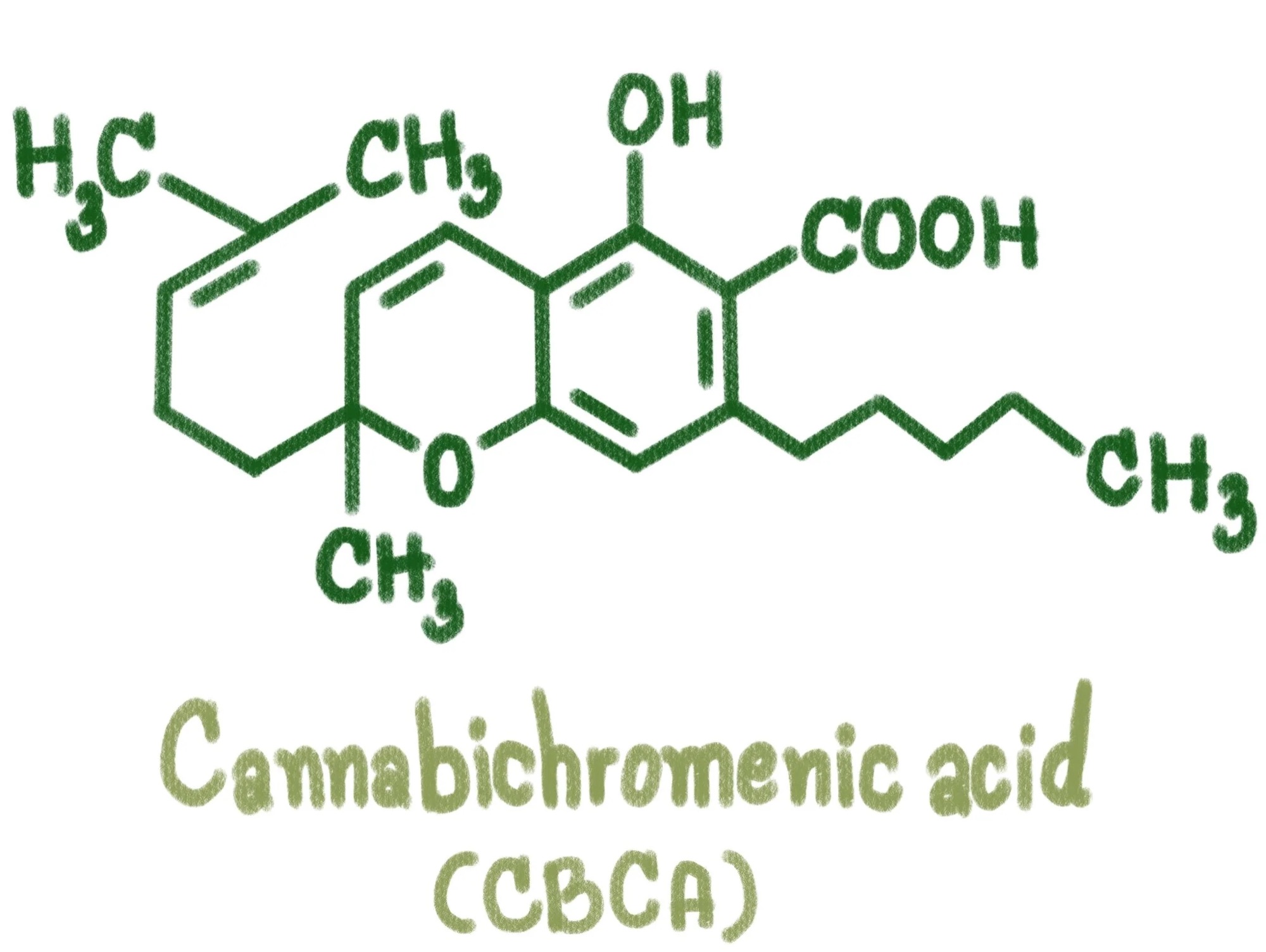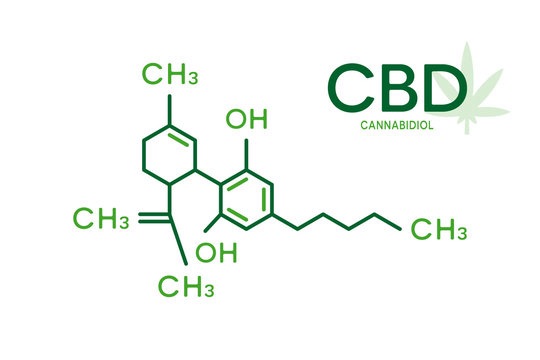CBCA, or Cannabichromenenic Acid, is one of the lesser-known but important cannabinoid acids found in the cannabis plant. Like other cannabinoid acids, CBCA is a precursor to its active form, CBC (Cannabichromene), and contributes to the complex chemistry of cannabis. While not as widely studied as THC or CBD, CBCA plays a key role in the overall profile of cannabinoids in the plant and has potential therapeutic benefits.
What is CBCA?
CBCA is an acidic cannabinoid that, through a process called decarboxylation (heating or aging), converts into CBC. CBC, much like CBD, is non-psychoactive and is known for its anti-inflammatory and potential pain-relieving properties. CBCA is primarily found in raw, unprocessed cannabis plants.
Potential Benefits of CBCA
Although CBCA itself is still under scientific investigation, its active form, CBC, has been associated with various health benefits, which suggests that CBCA may offer similar potential.
- Anti-inflammatory: CBC has shown promise in reducing inflammation, particularly in chronic conditions. This suggests CBCA could be valuable in the raw, non-decarboxylated form of cannabis.
- Pain relief: Similar to its cannabinoid relatives, CBCA may help with pain management, especially when used alongside other cannabinoids like THC and CBD.
- Anti-depressant effects: Early studies have suggested that CBC might help in elevating mood and alleviating depressive symptoms, which may extend to CBCA.
How Does CBCA Work?
Like many other cannabinoids, CBCA interacts with the endocannabinoid system (ECS), a biological system that regulates a variety of functions in the human body, such as mood, appetite, and immune response. CBCA’s effects are largely indirect but can influence the production of anandamide, a natural cannabinoid produced by the body that is associated with pain relief and improved mood.
Conclusion
Though not as famous as THC or CBD, CBCA is an important cannabinoid acid in the cannabis plant. As more research is conducted, its potential therapeutic benefits, particularly related to inflammation, pain relief, and mental health, may come to light. For now, its role in the complex makeup of cannabis makes it a valuable component, especially in raw forms of the plant.



